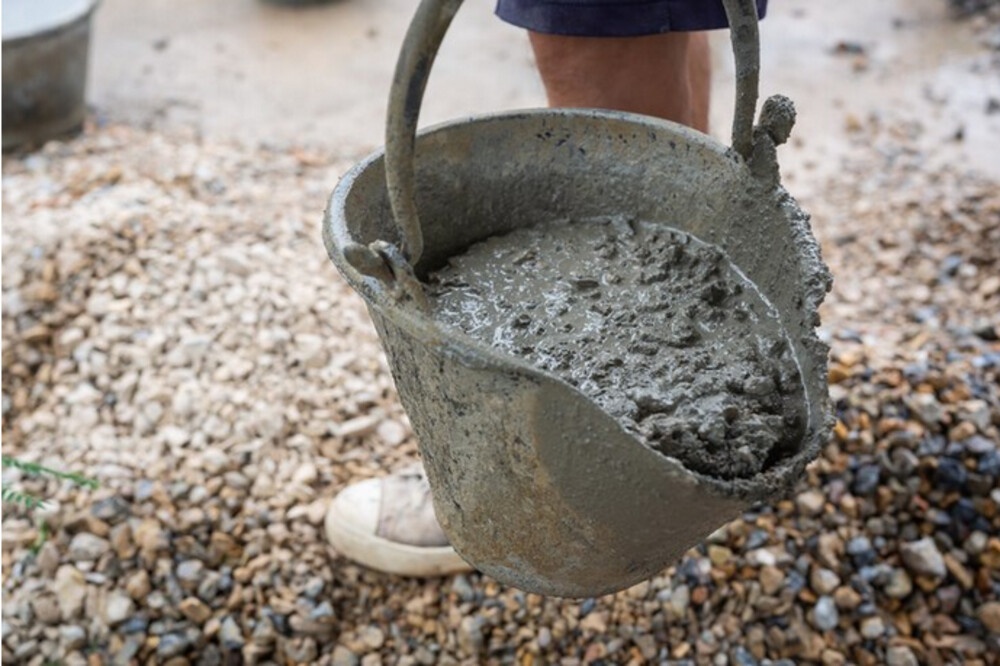Concrete is a versatile and widely used construction material known for its strength and durability. When it comes to creating concrete screeds, the careful selection of ingredients, particularly aggregates, is crucial to achieving the desired performance and quality. Aggregates play a fundamental role in the composition of concrete screed mix, influencing characteristics such as strength, workability, and appearance. In this article, we will delve into the significance of aggregates in concrete screed mixes and explore how their choice and proportions can impact the final product.
What Are Aggregates?
Aggregates are granular materials that make up a significant portion of a concrete mix. They are typically divided into two categories: fine aggregates and coarse aggregates. Fine aggregates consist of small particles, usually sand or crushed stone, while coarse aggregates are larger pieces such as gravel or crushed rock.
The Role of Aggregates in Concrete Screed Mixes
- Strength and Durability:
One of the primary roles of aggregates in concrete screed mixes is to provide strength and durability to the final product. The interlocking nature of the particles within the concrete, along with the hardened cement paste, creates a robust and resilient material. Coarse aggregates contribute to the overall strength, while fine aggregates fill the spaces between the larger particles, enhancing the density and making the concrete mix more cohesive.
The size, shape, and quality of aggregates impact the strength of the screed. Well-graded aggregates with a variety of particle sizes create a more compact mix, which is generally stronger. In contrast, poor quality or excessively fine aggregates may weaken the concrete, making it more susceptible to cracking and deterioration.
- Workability and Flow:
Aggregates also influence the workability and flow of the concrete mix. The proportion of fine to coarse aggregates, as well as the gradation of particle sizes, determines how easily the mix can be placed and spread. A well-balanced mixture allows for smooth and consistent application while ensuring that the concrete can be easily screeded to the desired level and finish.
Excessive fine aggregates can lead to a mix that is overly sticky and challenging to work with, while an excess of coarse aggregates may result in a mix that lacks cohesion and is difficult to shape. Therefore, achieving the right balance in the aggregate composition is crucial to ensuring optimal workability.
- Volume and Cost Efficiency:
Aggregates also play a role in determining the volume and cost efficiency of a concrete screed mix. A well-designed mix with the right proportion of aggregates minimizes voids within the concrete, ensuring that it fully occupies the desired space. This not only maximizes the volume of concrete produced but also reduces material waste.
In terms of cost, selecting aggregates that are readily available in the local area can be more economical. The cost-effectiveness of aggregates is not solely based on their initial purchase price; transportation costs should also be considered, which can significantly affect the overall cost of the concrete screed mix.
- Appearance and Finish:
The type and quality of aggregates can also impact the appearance and finish of the concrete screed. For projects where aesthetics are essential, such as architectural elements or decorative concrete finishes, the choice of aggregates becomes critical. Aggregates with specific colors, textures, or shapes can be used to achieve the desired visual effect.
In exposed aggregate finishes, for example, the concrete is intentionally mixed with aggregates that will be visible on the surface. The choice of these aggregates can greatly influence the final appearance of the concrete, allowing for a variety of design possibilities.
Conclusion:
In summary, aggregates are a fundamental component of concrete screed mixes, and their selection and proportions have a profound impact on the properties of the final product. Aggregates contribute to the strength and durability of the screed, influence workability and flow, affect volume and cost efficiency, and can be crucial for achieving the desired appearance and finish.
When developing concrete screed mixes, it is essential to consider the specific requirements of the project and select aggregates that align with those needs. The careful choice of aggregates, along with attention to their gradation, quality, and proportion, is key to producing high-quality, durable, and aesthetically pleasing concrete screeds. Understanding the role of aggregates in concrete screed mixes is essential for construction professionals and ensures that the final product meets the intended specifications and performance standards.


No comments yet